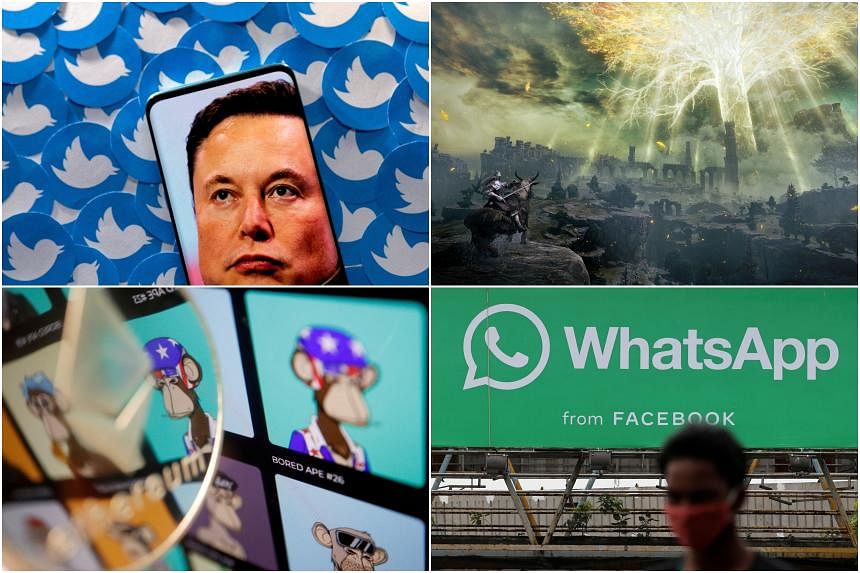Leak probe highlights U.S. Supreme Court’s problems protecting information
WASHINGTON, Jan 20 (Reuters) – The investigation into the leak of a draft of last year’s Supreme Court ruling overturning the national right to abortion laid bare a persistent problem at the top U.S. judicial body and the broader federal judiciary – creaky tech systems and lax security protocols for handling sensitive documents.
The inquiry, detailed in a 20-page report released on Thursday, failed to uncover who leaked the draft authored by Justice Samuel Alito to the news outlet Politico last May, a month before the ruling was formally issued – in part due to information technology record-keeping deficiencies.
The investigation, ordered by Chief Justice John Roberts and headed by the court’s chief security official Gail Curley, found that “technical limitations” made it “impossible” to rule out whether any employees emailed the draft to anyone else and said the court lacked the ability to identify those who printed it out.
Investigators could not search and analyze many event logs maintained by the court’s operating system because, the report said, “at the time the system lacked substantial logging and search functions.”
The report said 34 court employees – out of the 97 interviewed – acknowledged printing out the draft. The investigators found few confirmed print jobs because several printers at the court had little ability to log print jobs and many were not part of its centralized network.
Cybersecurity expert Mark Lanterman, who has conducted training at the Supreme Court, said it appeared the court could stand to bolster controls to guard against leaks but noted that even highly secure networks can remain vulnerable to bad actors.
“People – we’re the weakest link,” said Lanterman, chief technology officer at the firm Computer Forensic Services. “They could invest millions of dollars in the federal judiciary’s cybersecurity, but all it takes is one person with a motive to leak.”
Carrie Severino, a former clerk to Justice Clarence Thomas who now heads the conservative Judicial Crisis Network, said Roberts bears much of the responsibility for creating an environment where “security measures were so inadequate.”
“It’s never going be possible to perfectly protect against leaking,”…




